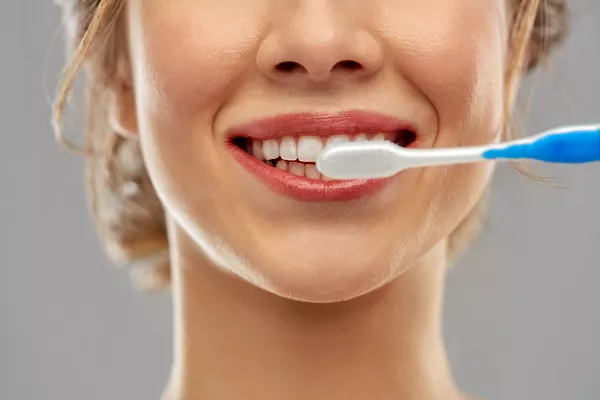Periodontitis is a serious gum infection that damages the soft tissue and bone supporting the teeth. While surgery is often recommended for advanced cases, many individuals wonder whether periodontitis can be cured without resorting to surgical interventions. In this article, we’ll delve into the topic of non-surgical treatment options for periodontitis. We’ll explore the causes of periodontitis, the progression of the disease, and the various non-surgical approaches that can help manage and potentially reverse its effects.
Understanding Periodontitis
Disease Progression
Periodontitis is typically caused by a bacterial infection that leads to inflammation and destruction of the supporting tissues around the teeth. As the disease progresses, the gum tissue pulls away from the teeth, forming pockets that can become infected.
Impact on Oral Health
If left untreated, periodontitis can lead to tooth mobility, tooth loss, and even affect overall health. The inflammation associated with periodontitis has been linked to systemic conditions such as diabetes and cardiovascular disease.
Non-Surgical Treatment Options
Scaling and Root Planing
Scaling and root planing, also known as deep cleaning, is a non-surgical procedure performed by a dental hygienist or dentist. It involves removing plaque and tartar from above and below the gumline and smoothing the root surfaces to prevent bacterial buildup. This procedure aims to reduce inflammation and promote gum tissue reattachment.
Antibiotics
Antibiotics may be prescribed as an adjunct to scaling and root planing. They can help control bacterial infection and reduce inflammation. Antibiotics can be taken orally or applied topically directly to the affected areas.
Antimicrobial Mouthwash
Special antimicrobial mouthwashes may be recommended to reduce bacteria and inhibit plaque formation. These mouthwashes can help maintain oral hygiene between professional cleanings.
Dental Cleanings
Regular dental cleanings are essential to remove plaque and tartar buildup that cannot be removed through regular brushing and flossing. Professional cleanings can prevent the progression of periodontitis and maintain gum health.
Improved Oral Hygiene
Consistent and effective oral hygiene practices are crucial in managing periodontitis. Brushing twice a day, flossing daily, and using interdental brushes can help prevent bacterial buildup.
Smoking Cessation
Smoking is a major risk factor for periodontitis. Quitting smoking can significantly improve gum health and response to treatment.
Nutritional Changes
A diet rich in vitamins and nutrients, particularly vitamin C, can support gum health and healing. Avoiding sugary foods and drinks can also help prevent bacterial growth.
Gum Disease Management App
Some individuals find it helpful to use mobile apps designed to track and manage their gum health. These apps remind users to practice oral hygiene and attend regular dental check-ups.
Success and Limitations
Success of Non-Surgical Treatment
Non-surgical treatments for periodontitis can be highly effective, especially in the early stages of the disease. They can reduce inflammation, promote healing, and prevent further deterioration of gum and bone tissues.
Limitations
While non-surgical treatments are successful for many individuals, they may not be suitable for advanced cases of periodontitis. Severe bone loss or deep pockets may require surgical interventions to achieve optimal results.
Conclusion
Non-surgical treatment options for periodontitis offer hope for individuals looking to manage and potentially reverse the effects of this destructive gum disease. While surgical procedures may be necessary for advanced cases, non-surgical approaches like scaling and root planing, antibiotics, improved oral hygiene, and professional dental cleanings can significantly improve gum health and prevent further damage. The success of these treatments depends on early detection, commitment to oral hygiene, and regular visits to a dentist or periodontist. By taking proactive steps to address periodontitis through non-surgical means, individuals can preserve their oral health, prevent tooth loss, and contribute to their overall well-being.
Related Topics:































